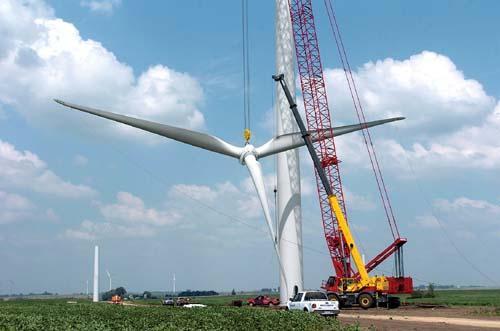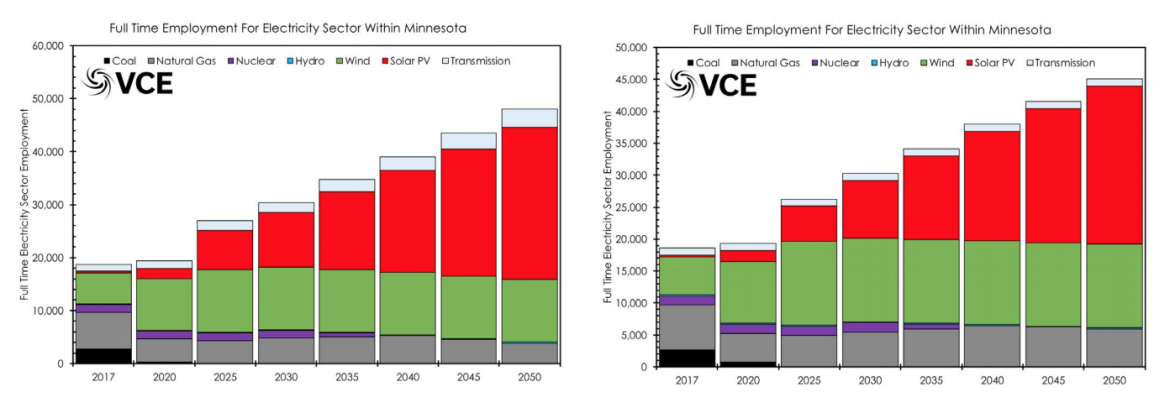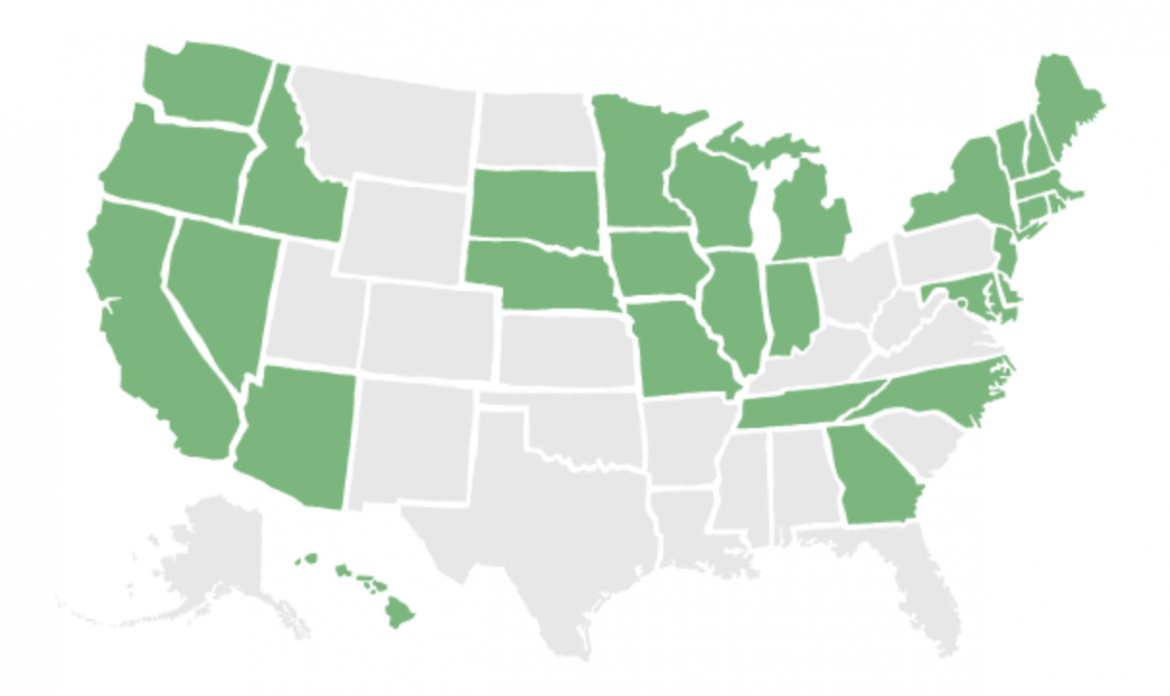

Share
Clean energy jobs are booming, especially in Minnesota.
Employment in Minnesota’s energy sector could increase by 300 percent, according to a recent study conducted by the McKnight Foundation.
An estimated 14,000 winds jobs and 36,000 solar jobs could be created as a result of Minnesota’s goal of decarbonization by 2050. While the number of coal and natural gas jobs are expected to drop, the number of jobs in the electrical sector nearly triple

However, the kind of jobs that will be created remains unknown, and it is difficult to predict if they will be short-term, long-term, contain benefits, unionized or include prevailing wages. Without prevailing wages, these jobs will be less secure and extremely lucrative opportunities may be given to non-local workers.
The Minnesota Smarter Grid study was prompted by the bi-partisan Next Generation Energy Act of 2007, which seeks to decarbonize the Minnesota economy by 80 percent by 2050. The study offers guidance on how Minnesota could meet this decarbonization goal by analyzing different scenarios relating to the entire Eastern United States electrical grid with a focus on the state.
The potential increase in energy sector jobs in Minnesota is similar to the increase nationally, and the support for a clean energy economy in the state is strong.
The clean energy economy can be divided into four segments: renewable energy, energy storage and advanced grid, energy efficiency and advanced vehicles and transportation.
In Minnesota, the renewable energy sector employs 77,000 people, about the same as the telecommunications industry, according to the Environmental Defense Fund.
These jobs include manufacturing, project development, construction, transportation, operations and maintenance and related financial services.
Nationally, solar and wind sectors are the most rapidly growing, having risen by 24.5 and 16 percent from 2016 to 2017. Solar and wind jobs now outnumber coal and gas jobs in 30 states.

Minnesota has added more than 1,500 clean energy jobs since 2016, growing more than two times faster than overall job growth in the state, according to Clean Energy Economy Minnesota, an industry-led nonprofit.
Minnesota is one of the nation’s leading states for wind power. Wind made up 18 percent of the state’s electricity generation in 2016, up from 13 percent in 2011, wrote Mike Hughlett, a reporter for the Star Tribune. In his article “For clean energy jobs, sky’s the limit,”
Hughlett discusses the booming clean energy economy and its effects in Minnesota.
“Wind service technician is by far the fastest-growing occupation in the country, with an expected growth rate of 108 percent between 2014 and 2024, according to the U.S. Bureau of Labor Statistics (BLS),” he wrote.
Becoming a wind service technician requires a two-year degree from a technical school or community college.
The momentum towards clean energy is building. A reason for this enthusiasm is widespread job creation, according to a study by the Union of Concerned Scientists. In 2016, more than 100,000 people built wind farms and made wind turbines and parts in more than 500 factories across all 50 states.

